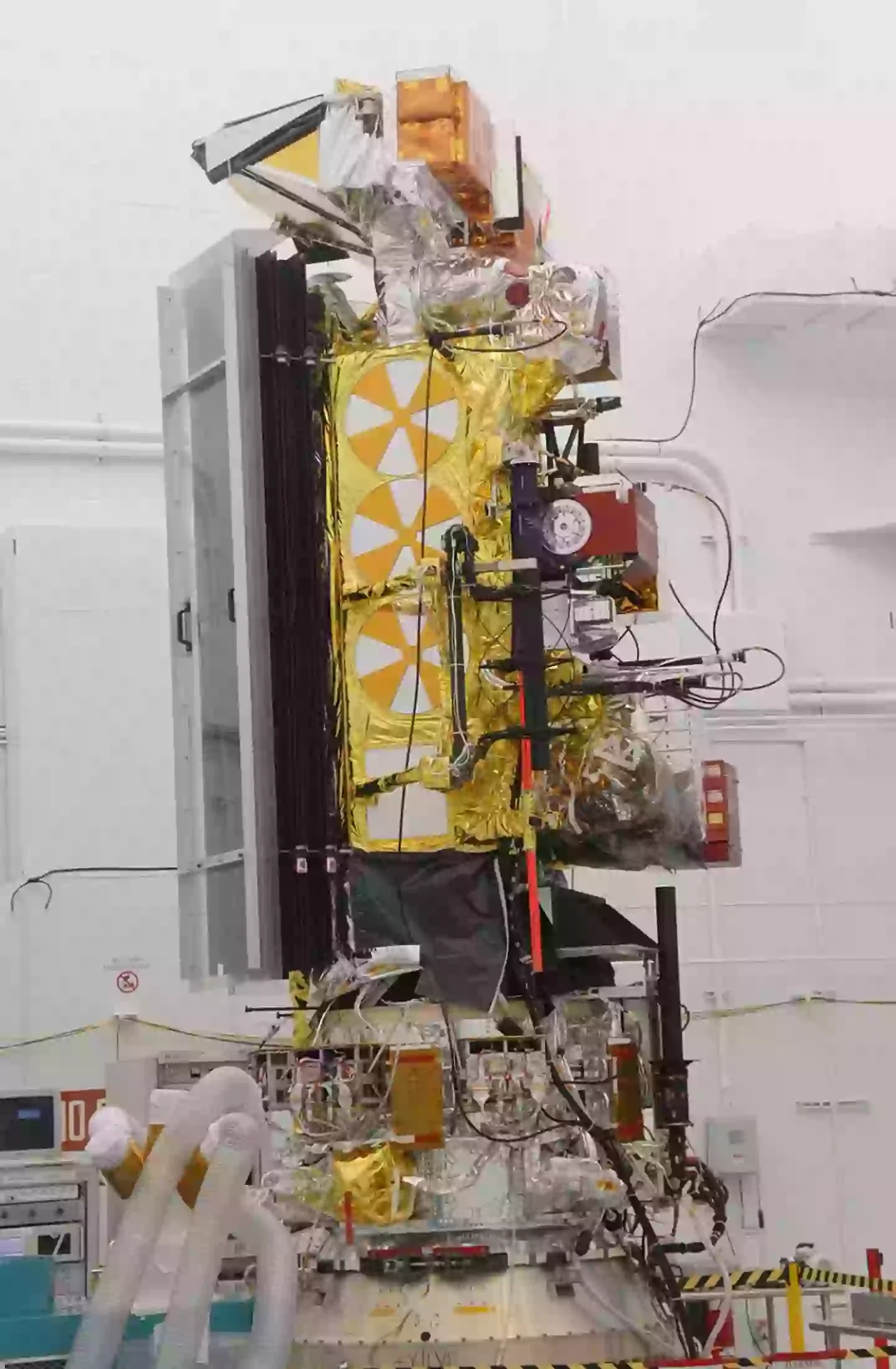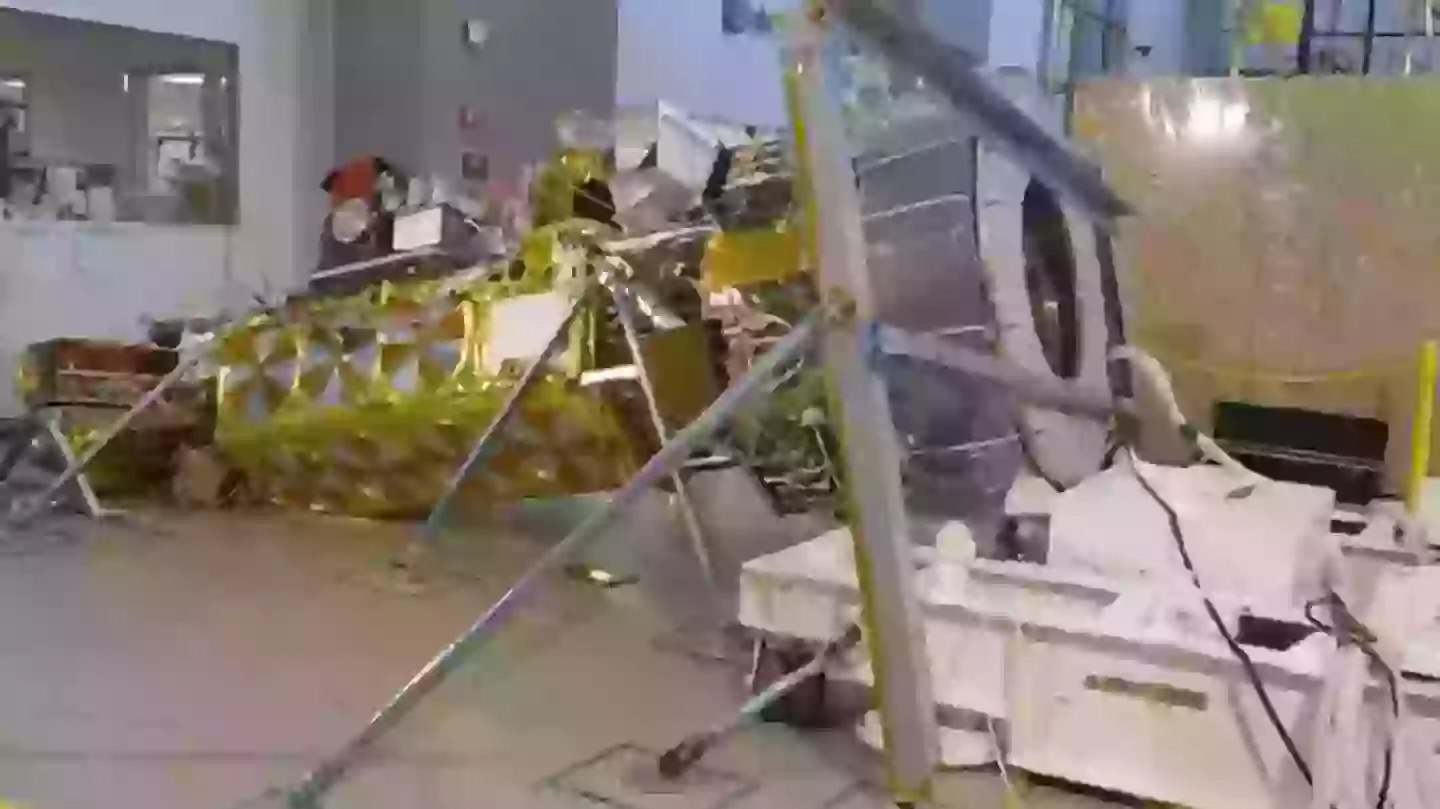When handling fragile or expensive items, whether it’s a new television, a tray filled with beverages, or a multi-million dollar satellite, utmost care is essential.
Dropping a TV while attempting to mount it can be distressing, and spilling drinks might lead to frustration, but mishandling equipment worth millions of dollars is on another level.
This was the unfortunate experience of a technician working for a company contracted by NASA and the US National Oceanic and Atmospheric Administration (NOAA).
In 2003, Lockheed Martin Corporation, a defense and aerospace manufacturer based in Maryland, was tasked with building the NOAA N-Prime weather satellite.
Though this mishap occurred over 20 years ago, the satellite’s current value, adjusted for inflation, would exceed $400 million.
The satellite was damaged during a transition from a vertical to a horizontal position when it fell about a meter onto a concrete floor.
An investigation into the mishap revealed that the error stemmed from a minor oversight with significant consequences.
At the time, reports indicated that the physical damage was due to the absence of 24 bolts.
These bolts were crucial for securing the spacecraft to the Turn-Over Cart (TOC).
According to a NASA report: “The bolts were removed from the TOC by another project while the cart was in a common staging area, an activity which was not communicated to the NOAA project team.”

Fortunately, no injuries occurred, but the satellite was severely damaged.
The financial responsibility fell on Lockheed Martin, which had to sacrifice its profits from the project to cover the damages, while the US government covered the remainder.
“And I hope George W. Bush was sitting down when he received the news as they had to pay a staggering $135 million,” NASA spokesperson Dave Steitz remarked at the time, according to Space.com.
According to Steitz and Lockheed Martin spokesperson Buddy Nelson, at least 15 percent of the satellite required replacement following the incident.

Nelson stated: “Lockheed Martin has voluntarily contributed to the rebuild effort all profit previously earned and paid on the contract.
“The company will undertake the completion of the N-Prime satellite bus on a cost-only basis, forgoing all profits that otherwise might have accrued to Lockheed Martin for this spacecraft bus.”
The satellite’s launch was delayed to December 2007, ultimately taking place in February 2009.
Named NOAA-19, this satellite was the final installment in the American National Oceanic and Atmospheric Administration’s series of weather satellites.

